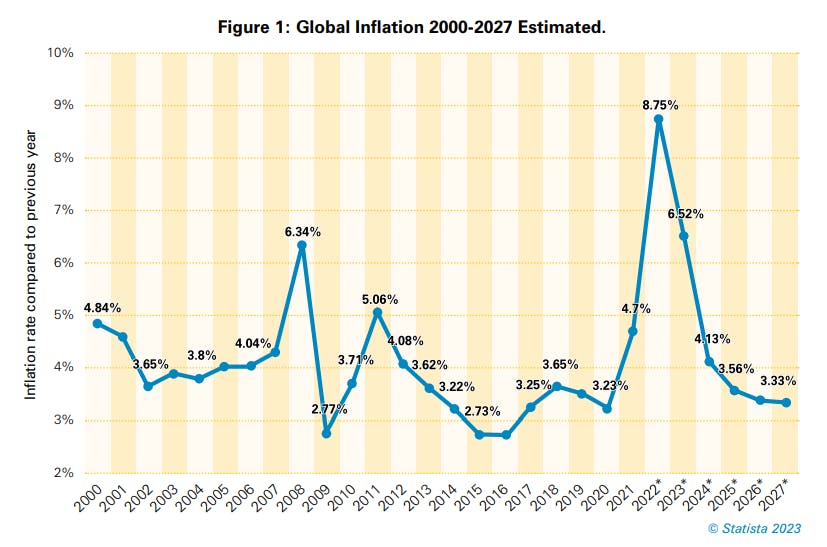
New Research from ECR on the Impact of Inflation on Shrink
Our new report investigates the impact of high inflation on retail losses, and makes recommendations for retailers on how best to measure shrink when both costs and prices are rising (but often at different rates).
Professor of Accounting Lisa Jack, from the University of Portsmouth concludes that there is no evidence to suggest that the rate of inflation is directly responsible for increases in retail loss. Instead, it is the human behaviours that occur because of an inflationary environment - including trading down and higher levels of theft.
The report recommends that the traditional retail loss percentage (RL%) is inadequate as a tool for management.
And any average will mask the true losses.
Lisa Jack concludes: “It’s pretty obvious why RL% is used, but when both the cost and price goalposts are moving, I conclude that looking at total losses in UNITS can be a much more accurate way of tracking exactly what is going on.
“And in fact, price fluctuations are yet one more reason to consider a business case for investing in specific inventory control and big data analysis, e.g. with RFID technology.”
In the words of John Fonteijn, Chair of ECR Retail Loss, “Inflation has risen to levels not seen in many countries for more than 40 years. At the same time, retailers have also been reporting considerable increases in their levels of retail loss.”
“While there is no evidence to suggest inflation is directly responsible for increases in retail loss, the consequences of inflation in society more generally is likely to be having an impact on the scale of losses experienced by retailers.
Sep 1, 2023
Main office
ECR Community a.s.b.l
Upcoming Meetings
Join Our Mailing List
Subscribe© 2023 ECR Retails Loss. All Rights Reserved|Privacy Policy
